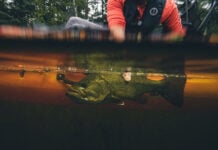Black Project
Hydro FlowX Paddle
How can wasted energy be turned into increased efficiency? That’s the question Black Project set out to answer when they developed the Hydro FlowX standup paddle — a radical looking design with a ridge running down the neck of the blade, and a deep scoop on the power face. The unique shape came to life thanks to 3D printing, which allowed rapid prototyping throughout the development process. The result is a more efficient paddle with the potential to transform standup racing, just as wing paddles changed the game for kayak and surfski racers.
“The blade is designed to securely hold the water and move through it without sideways movement, jolts of power or anything which would negatively affect the user,” says Black Project co-founder Chris Freeman, who says athletes using the Hydro FlowX have seen an average four percent increase in speed and substantially reduced fatigue over conventional paddles. While currently only available as a standup paddle, Freeman believes the concept is applicable to other single-blade disciplines, such as outrigger canoeing.
Kokatat
GORE-TEX PRO Drywear
In 1971, Kokatat began manufacturing what would become some of the most respected gear in paddlesports. In 1976 Gore-Tex introduced the world to waterproof and breathable fabric, and has set the benchmark ever since. Kokatat was an early adopter of the lab-produced fabric, using it to produce technical outerwear that would keep paddlers dry for decades to come. For Kokatat’s 50th anniversary the company has introduced to its drywear lineup the newest iteration of Gore-Tex Pro, which is the first major update to the iconic material since 2013. After three years of testing, Gore and Kokatat have collaborated on a rugged 200-denier version of the Pro line fabric formulated especially for paddlesports. The three-layer construction provides an increased durability that stands up to the abrasions and impacts inherent to paddling and travel through tough terrain.
 Astral
Astral
Ceiba PFD
There is no way around the fact that the gear we wear has an impact on the places we love, whether this means shedding microplastics on the water or during manufacturing itself. Astral Designs has worked to minimize the environmental impact of its products, most recently with the Ceiba PFD. For starters, it comes stuffed with natural kapok fiber in the front and PVC-free foam in the rear, as Astral’s life jackets have for years. Now the shell is constructed of 300-denier recycled polyethylene terephthalate, or RPET, a tough and earth-friendly material endorsed by Bluesign Technologies, a third-party organization devoted to overseeing sustainable practices in textiles. That’s a first in the PFD market.
“The first step in preventing damage to water and soil is understanding how chemicals affect them,” says Philip Curry, founder of Astral Designs. “Bluesign, with their deep knowledge in textile chemistry, is the partner we need to constantly evaluate our supply chain and prevent harmful chemistry getting into our products.”
 Whitewater Technology
Whitewater Technology
Paddles
Composite materials used in paddle construction hadn’t changed much in recent years, until Whitewater Technology showed up. The new brand featuring the designs of former Confluence Outdoors engineer Oliver Wainwright aims to bring a fresh take to paddle manufacturing.
Two major components stand out immediately in the production of these carbon blades. The first is they are built from at least 40 percent recycled carbon. A close look at the paddle grain reveals the second innovation: The fabric is not woven. Instead, carbon fibers are individually stacked layer upon layer within an epoxy system with thermoplastic reinforcement added. The technique avoids the overlapping intersections found in woven composite cloth, which Wainwright and his lab-coated cohorts say are potential weak points in the structure—like knots in a rope. By removing these, Whitewater Technology says it’s able to provide paddlers with strong high-performance paddles made largely from recycled material.
 Pyranha Kayaks
Pyranha Kayaks
New Hardware
What do you do when the supply chain disruptions make a small but indispensable piece of hardware nearly impossible to obtain? Kayak manufacturer Pyranha simply found a replacement—and it turned out to be better than the original. The large plastic crush-washers used for years on the exterior bolts of their kayaks were notoriously overtightened, deforming the washer seal and leading to leaky boats. The pandemic supply disruption forced the company to switch to a more conventional bolt and washer that paddlers—who are perhaps known to skip directions—can ratchet down as tight as they please. The other positive for Pyranha, besides fewer warranty calls, is that the new washer system saves manufacturing time.
“This new system is more intuitive, gives a cleaner look, and is better for production,” says Chris Hipgrave, Pyranha Director of Sales in North America. “We can save one or two minutes per boat. All of a sudden that adds up to more boats you can assemble in a day, week, month. It’s incremental changes—what they call in bike racing marginal gains.”
 Origami
Origami
Origami Paddler
Tim Niemier is best known for designing one of the most iconic and transformative kayaks of all time, the Ocean Kayak Malibu. Sit-on-top kayaks were just what the market wanted when Niemeir scaled his operation in the 1980s. Fast-forward a few decades and the market is craving storable and ultra portable craft as a point of entry into the sport, and Niemier is ready to oblige with his take on folding paddlecraft—the Origami Paddler.
The three-section, double-hinged craft is about as quick to unfold as a futon. It is made of light, hard plastic—and it can be configured as either a sit-on-top kayak or a standup paddleboard. As of June 2021, Niemier had a backlog of 20,000 initial units to fulfill, bringing the paddlesports innovator one step closer to his personal goal of putting a billion butts in boats.
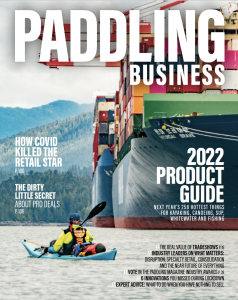
To celebrate its 50th anniversary in 2021, Kokatat made its Gore-Tex Pro line-up even tougher. | Photo: John Webster


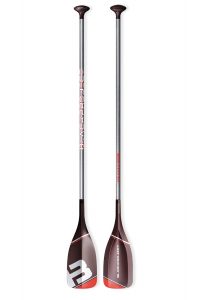
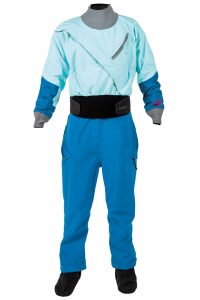
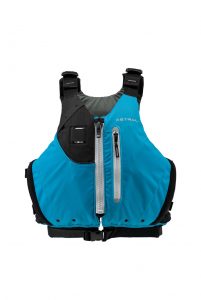 Astral
Astral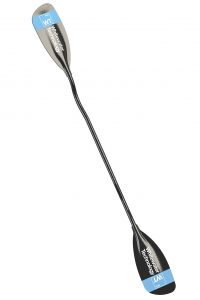 Whitewater Technology
Whitewater Technology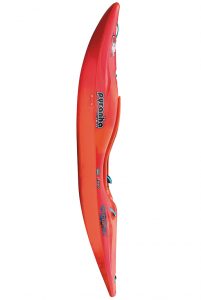 Pyranha Kayaks
Pyranha Kayaks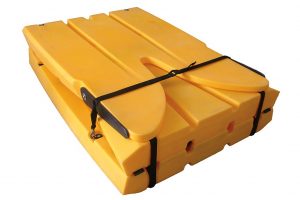 Origami
Origami
